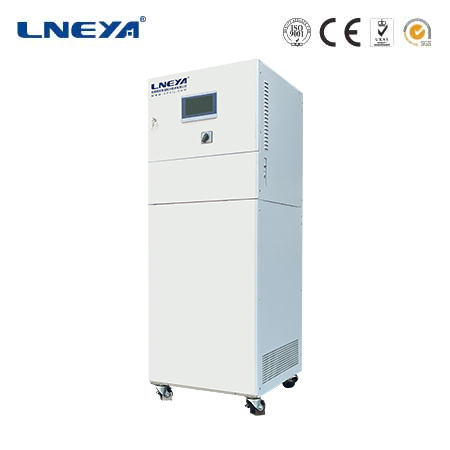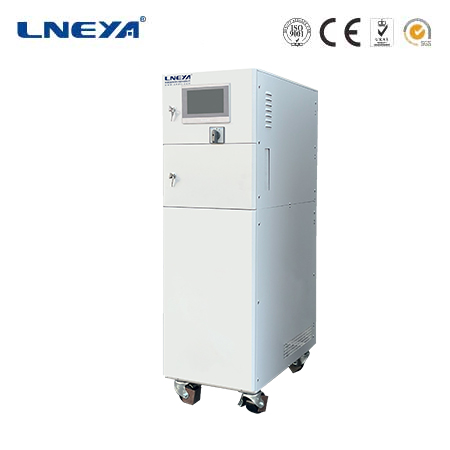heater lab
Laboratory Heaters: Types, Applications, and Safety
Laboratory heaters are essential for maintaining precise temperature control in various scientific applications. They are used for a wide range of tasks, from incubating samples to facilitating enzyme reactions and determining the melting and boiling points of substances.

Types of Laboratory Heaters
Hot Plates: These are commonly used for heating beakers, flasks, and other containers directly. They provide a flat surface with controlled heat, allowing for uniform heating of the container’s bottom.
Oil Baths: Oil baths use a high-boiling-point oil as the heat transfer medium. They are capable of maintaining a constant temperature and are used for applications that require a stable, even heat source over an extended period.
Dry Ovens: Dry ovens are used for drying glassware, sterilizing equipment, conducting heat treatments, and removing moisture from samples. They can operate at higher temperatures than hot plates or oil baths.
Applications of Laboratory Heaters
Laboratory heaters are used in various applications across different scientific fields:

Incubation: Heaters are used to maintain the optimal temperature for the growth of microorganisms or the incubation of samples.
Chemical Reactions: Many chemical reactions require heat to proceed at a reasonable rate. Laboratory heaters provide the necessary temperature to accelerate these reactions.
Immunoassays: In immunology, heaters are used to speed up the binding of antibodies to antigens, a process that can be temperature-dependent.
Melting and Boiling Points: Determining the physical properties of substances, such as their melting and boiling points, often requires precise temperature control.

Safety Features of Laboratory Heaters
Safety is a paramount concern when working with laboratory heaters. Features like automatic shut-off and fail-safe mechanisms are designed to prevent overheating and potential fires. These features shut down the heating element or flame when it exceeds a predetermined temperature limit or after a set time has passed. Additionally, these systems can stop the heating process or issue an alert when abnormal conditions are detected, such as a failure or malfunction.
Conclusion
Laboratory heaters are crucial for a multitude of scientific procedures that require precise temperature control. Understanding the different types of heaters, their applications, and the safety features associated with them is essential for maintaining accurate and safe experimental conditions. By choosing the appropriate heater for the task and adhering to safety protocols, researchers can ensure that their laboratory work is both effective and secure.
Related recommendations
lab temperature controller
17Lab Temperature Controllers: A Complete GuideIn a laboratory setting, maintaining a precise and stable temperature is often critical for the success of experiments. Lab temperature controllers ar...
View details5 ton chiller compressor price
140The 5-ton chiller compressor market in Australia is influenced by a variety of factors that contribute to its price and performance. This article offers an in-depth look at the cost factors, marke...
View detailschiller log
238Understanding the Importance of Chiller LogsA chiller log is a detailed record of the operation and maintenance of an industrial water chiller. It serves as a comprehensive document that helps in ...
View detailscirculation chiller
25Circulation ChillersCirculation chillers are integral components in systems where maintaining a controlled and cool temperature of a circulating fluid is of utmost importance. They are designed t...
View details
 LNEYA Thermal Test Chillers
LNEYA Thermal Test Chillers







HelloPlease log in